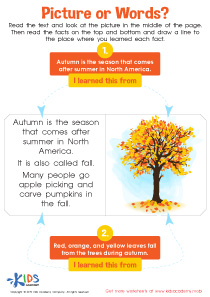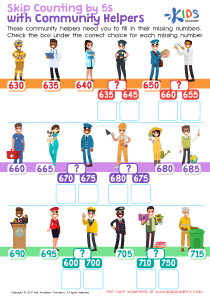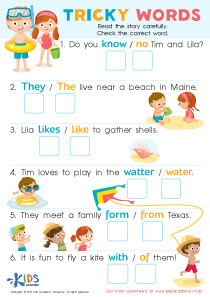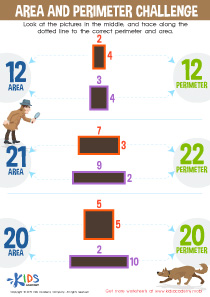Foundational Reading Lessons | Digraphs, Kindergarten
0 results
Our Digraphs Lessons are designed specially for kindergarten children to learn about digraphs in an interactive and fun way. Our collection of interactive worksheets, educational videos, and assessment quizzes make learning about digraphs engaging and entertaining for young learners. The lessons cover various aspects of digraphs such as identifying, decoding and forming words with digraphs. With our expertly crafted lessons, kids will be equipped with the foundational knowledge of digraphs and the skills to use them in their reading and writing. Give your child a head start in their literacy journey with our Digraphs Lessons!
Digraphs Lessons for Children in Kindergarten: Helping Kids in Their Studies
Digraphs are a set of two letters that are put together to make a single sound and are an essential part of the English language. Mastering digraphs is important for children's reading and writing skills, and it helps them to understand more complex words and concepts. Digraphs lessons for children in kindergarten are designed to help children learn and master these sounds in a fun and engaging way. These lessons consist of interactive worksheets, educational videos, and assessment quizzes.
The interactive worksheets are designed to help children learn the different digraphs. These worksheets usually include colorful pictures, words, and sounds that children can practice and interact with. The worksheets are designed to be simple and easy to use, allowing children to learn at their own pace and build their confidence in the digraphs. Examples of digraphs that children can learn include sh, ch, th, wh, ph, and ng. By learning these digraphs, children can improve their reading and writing skills and become better communicators.
In addition to the interactive worksheets, educational videos are also a part of the digraphs lessons. These videos help children learn how the digraphs sound when spoken and how they are used in everyday language. The videos usually feature engaging animations or real-life scenarios that help children connect the digraphs to the world around them. Watching these videos can also be a fun and exciting way for children to learn.
The assessment quizzes are another important part of the digraphs lessons. These quizzes help teachers and parents to measure their children's progress and see how well they have mastered the digraphs. The quizzes usually include multiple-choice or fill-in-the-blank questions that test children's knowledge of the digraphs. By taking these quizzes, children can gain a sense of accomplishment and see how they are improving their skills.
Overall, digraphs lessons for children in kindergarten are an essential tool to help children learn and master reading and writing skills. These lessons are designed to be fun and engaging, helping children to build their confidence and improve their language skills. The interactive worksheets, educational videos, and assessment quizzes are all designed to work together to provide a comprehensive learning experience for children. By mastering the digraphs, children can become more confident communicators and have a strong foundation for future learning.















